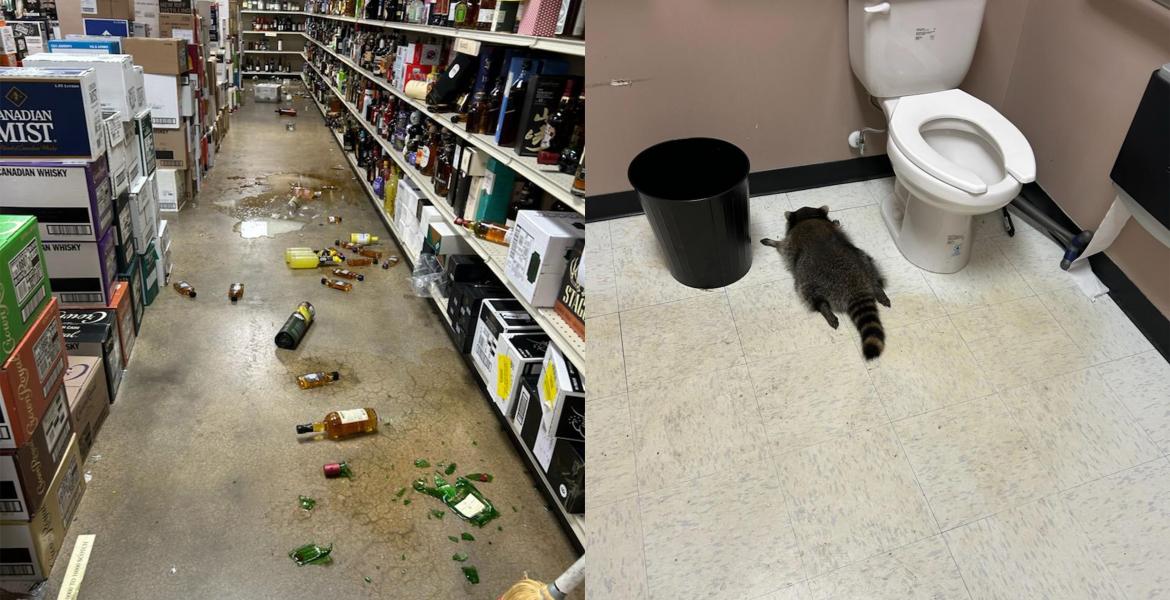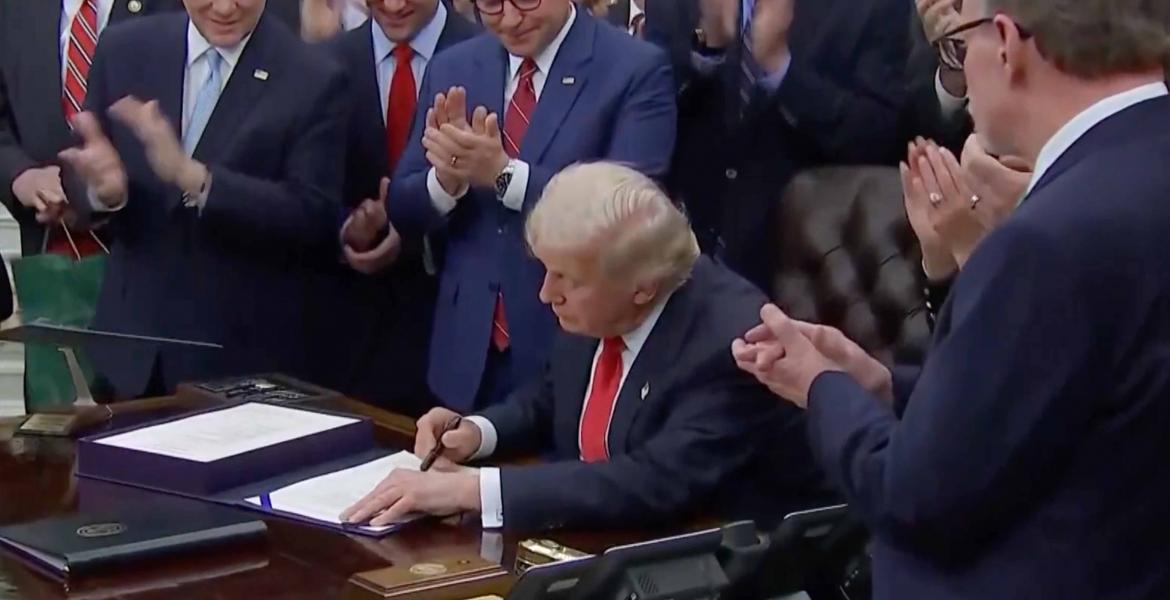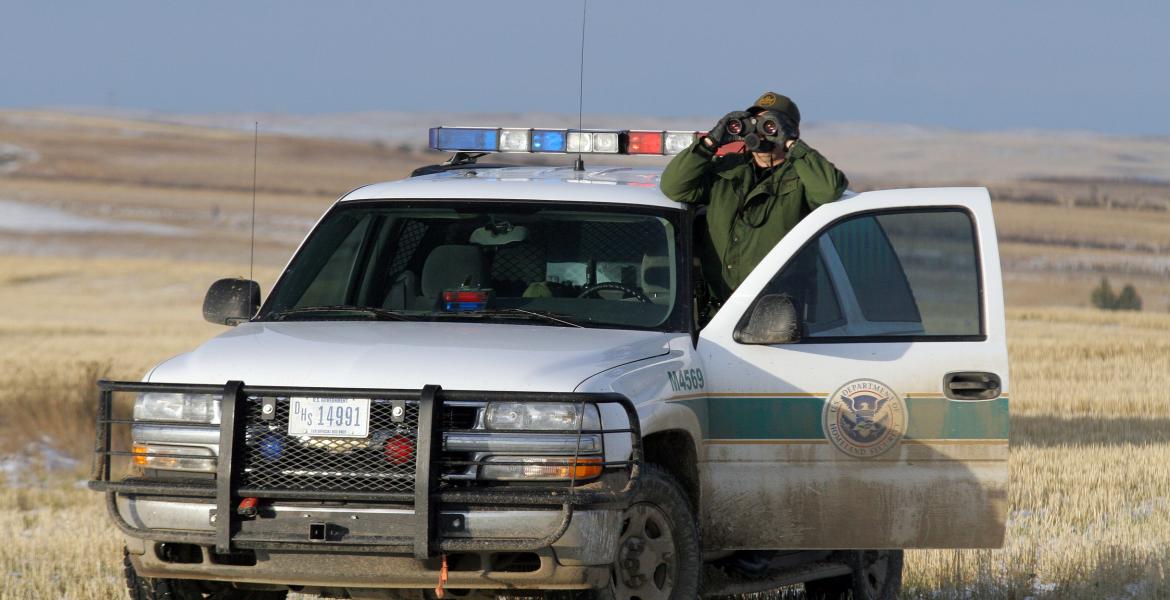WASHINGTON, D.C. – U.S. Customs and Border Protection (CBP) was established in 2003 as part of the Department of Homeland Security to create a single, unified command agency focused on the security of our nation’s borders following the tragic events of Sept. 11, 2001.
Now one of the nation’s premier law enforcement agencies with 60,000 dedicated employees, CBP is commemorating the 20th anniversary of the September 11th attacks by highlighting the ways its operations have evolved over the past two decades.
Twenty years ago, as former Air and Marine Operations Center executive director Tony Crowder stared at the TV screen showing the burning high-rise tower in New York City, he could only think of what a terrible accident it must have been.
“I thought, ‘That’s one lousy pilot. How the heck did he not miss,’” such a huge object as a towering office building on that clear, blue September day? Moments later at the U.S. Customs Service situation room at its headquarters in Washington, D.C. – which would become headquarters for today’s U.S. Customs and Border Protection – as he watched a second plane strike the tower’s twin, he knew this was no accident. “In law enforcement, this is what we would call a clue,” that this was actually an attack.
Halfway across the country, as then-Border Patrol Agent Gloria Chavez was flying in the early morning hours from south Texas, back to her home station in San Diego after a brief vacation, the pilot came on the intercom and let the passengers know they were being diverted to land in El Paso, Texas, where Chavez now serves as that sector’s chief patrol agent.
“You’re sitting in your chair in the airplane, thinking, ‘Why are we being diverted? The pilot did not say it was a mechanical problem. This has never happened to me before,’” Chavez said, still not realizing why the plane was being landed early. As she joined the other passengers from dozens of other flights filling the departure concourse, they were all drawn to the televisions broadcasting the news that a plane had hit one of the twin towers in New York. Moments later, she watched in horror as a second plane hit the other tower. Twenty years after first witnessing the terrorist attacks, Chavez still shudders thinking about the moment.
“The entire gate area just went silent,” compared with the chaos of all the people talking just an instant before, she said. “Everyone gasped when they saw the second plane hit that tower. Immediately, I thought, ‘We’re under attack. This is no accident.’”
The video below was created by the CBP on the 20th anniversary of the 9/11 attacks.
A couple of hours later, a U.S. Customs Service inspector from Pittsburgh who also served as chief of the hazardous materials team and on the counter-terrorism task force for southwestern
Pennsylvania, Stephen “Mac” McConachie, would be in a field near Shanksville, Pennsylvania, sorting through the wreckage of United Airlines Flight 93 – the ill-fated plane thought to be headed for the U.S. Capitol but went down instead in this rural area after passengers fought back against their hijackers. But there was little to pick through.
“We were looking at a big hole in the ground where that plane crashed, and there was nothing we could do about it, nothing we could do to save anyone. There was no one to save,” said McConachie, who now works as the CBP attaché in Beijing. You can still hear the frustration and exasperation in his voice, 20 years later. “We couldn’t do a damn thing. There are few things more difficult for a first responder than to realize there is nothing you could do to help save people.”
He knew it was the start of a whole new world for America and for what would become CBP.
“We have become one of the world’s premier law enforcement agencies,” he said.
While the terrorist attacks of Sept. 11, 2001, are certainly a tragedy and dark day for the U.S., they’re also seen as a catalyst for change that made this nation’s security stronger in the long run. A big part of that change was the unification in March of 2003 of many separate entities at the time into one agency: U.S. Customs and Border Protection. CBP combined the employees and assets of several legacy agencies, including the U.S. Border Patrol, U.S. Customs Service, Immigration and Naturalization Service, the animal and plant inspection portions of the U.S. Department of Agriculture, as well as trade inspectors. This is a story of how the horrendous events of Sept. 11, 2001, not only unified these assets into one agency, but also how the attacks – and the events of the past 20 years – helped shape today’s CBP so that the agency is better integrated and aligned, with improved situational awareness across many domains.
Subscribe to the LIVE! Daily
Required






Post a comment to this article here: